The main causes of equine dermatitis
Is it sweet itch?
If the horse starts scratching in SPRING and stops itching in autumn, you're probably dealing with summer dermatitis. As the name suggests, it appears in summer (+spring). The primary cause: insect bites, in particular culicoides, stomox and simuli, small blood-sucking midges and flies. The most common areas of attack are the mane and tail, the croup and the ventral line. But not all horses react so violently and scratch, and yet all get bitten. In the case of a "dermatitis" horse, its hyper-reactive skin (strong scratching) essentially stems from an internal imbalance that's causing a major dysfunction in the skin and its reactions. If the horse scratches ALL YEAR LONG, "summer dermatitis" is out of the question. We're dealing with a completely different kind of dermatitis, which becomes more pronounced with the arrival of insects. Here again, the internal problem comes to the fore.
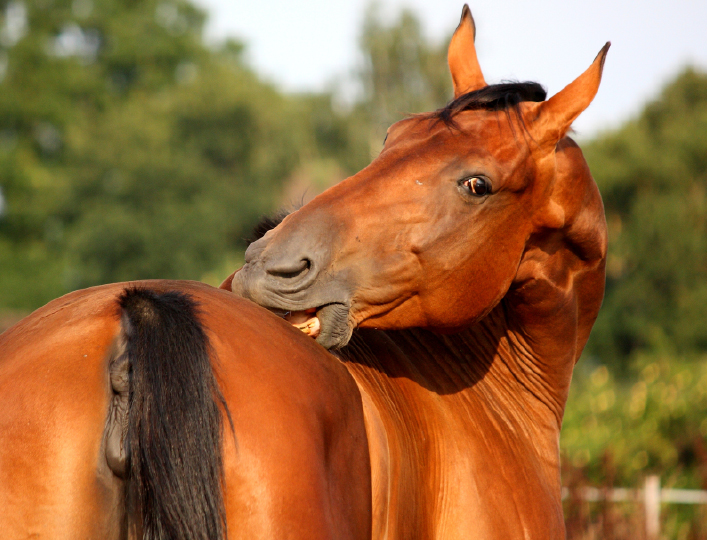
Diet: one of the main causes of scratching
1- HAY: without going into detail, and according to the scientific study "Factors influencing equine dermatitis", the daily intake of hay is crucial. As far as possible, permanent access to hay is recommended to enable the animal to continuously feed its stomach. Gastric stress is one of the factors contributing to the imbalances responsible for skin scratching.
2- SUPPLEMENTS: too many supplements can cause liver damage and gastric lesions. It is therefore essential to supplement as much as possible, without overdoing it, bearing in mind that a horse's daily activity is around 20km per day. A ration that is too high is therefore of no use if the horse is not sufficiently active. It's also important to distinguish between a muscular horse and a fat one.
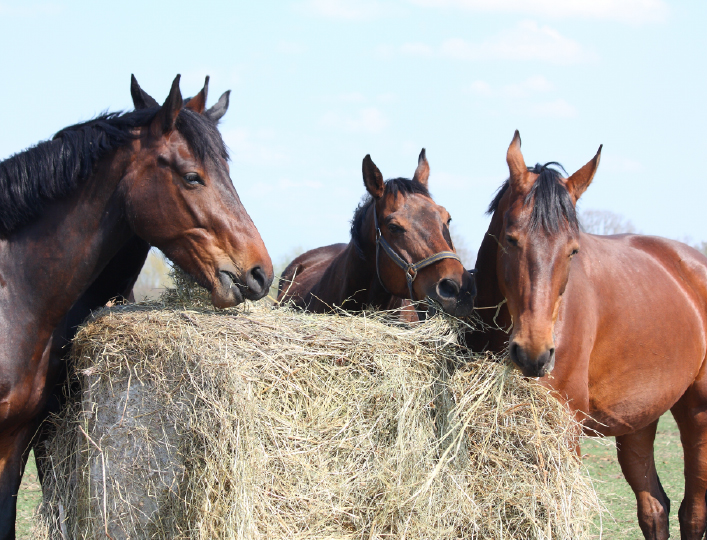
BREED, A fact to be taken into account
It's been said that some breeds, such as Spaniards, Friesians and Shetlands, are more prone to dermatitis than others. And this is unfortunately true, even if equine itching problems affect all breeds. But the most important thing is to know why, and to adapt the diet to suit the breed. For example: Spanish horses are programmed to eat little, poor food. These small, hardy horses have the particularity of being highly resistant to both food and climate. Overfeeding undoubtedly leads to gastric disorders and excessive nutrient intake compared to their real needs. The liver, when overloaded, will evacuate excess toxins, notably through the skin, inevitably causing scratching. In the case of a Shetland, for example, quantity is not as much of a problem as the nature of the herbs assimilated. On the Shetland Islands, iodine, sea salts and lichens are the order of the day. These little ponies are therefore programmed for a diet of this type, and not for foods rich in cereals, sugars and starch and devoid of iodine or lichens.
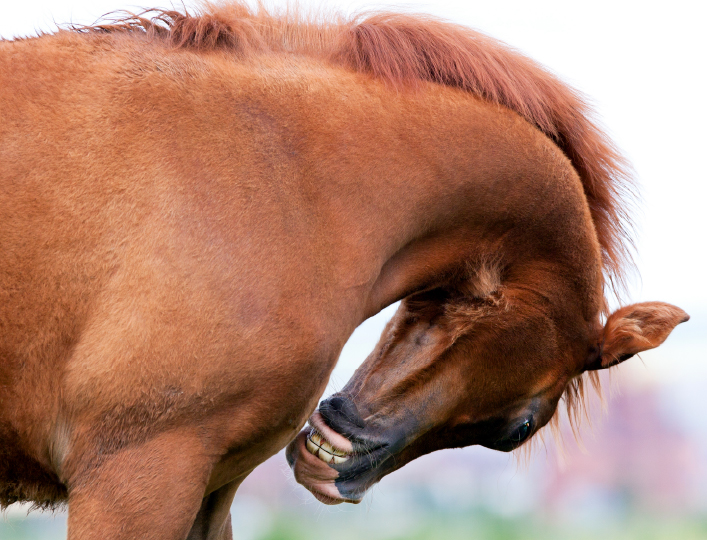
The psychological factor
A horse with dermatitis (summer dermatitis or not) often becomes so as a result of an event. Identifying it can considerably improve care. Here are the 6 main ones: change of feed, change of living environment, castration, loss of a conspecific, change of owner, accident or moment of intense stress...
These changes, whatever they may be, cause the horse a great deal of stress. Some show it openly, while others hide their unease. But it's the horse's stomach that takes the brunt of it, and is very often the cause of skin problems. Anti-ulcer treatment can help.
In all cases, skin problems are an external sign that should alert you to the organic disorder and the state of the 2 key organs: the stomach and the liver.
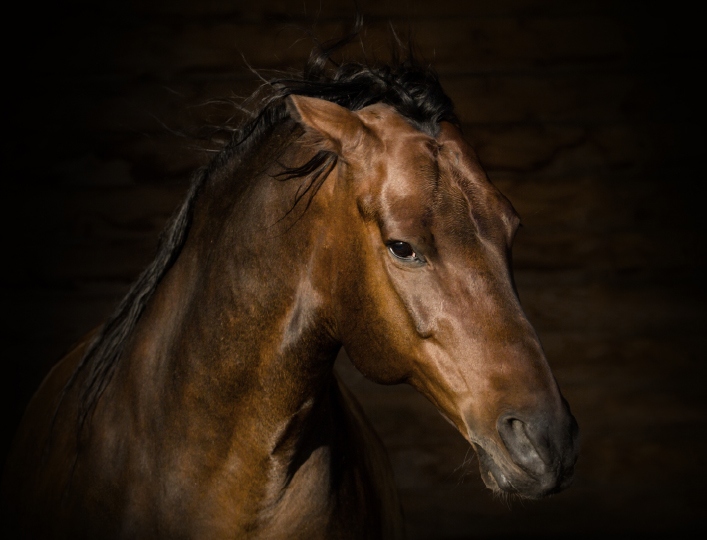
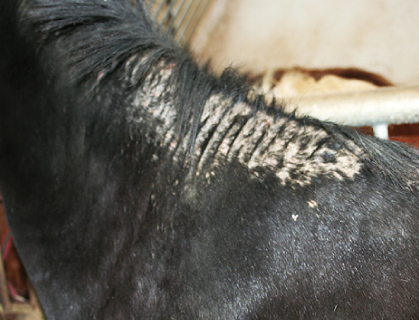
Every year, dermatitis returns in spring. There are a number of ways to delay its onset, starting with the advice given above and continuing with certain products:
DERFLY is the most widely used lotion for limiting the first insect attacks and stopping the process as quickly as possible. Apply to the base of the mane once or twice a week.
NATJELY, second essential: once a week on ears, belly and sensitive areas (always test first, in case of acidic skin).
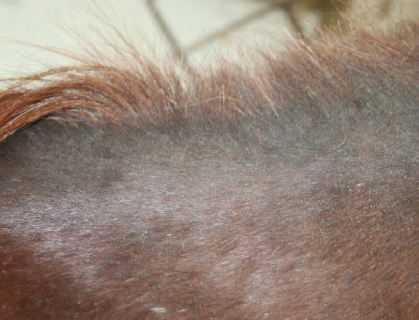
In this case, it's not Sweet itch. Spring insects only aggravate the problem.
You may have mange des crins (see our detailed protocol), or a dietary imbalance.
In the case of mange des crins, prevention involves SHAMPOO TEA TREE once a week.
 ANIMADERM S.A.S
ANIMADERM S.A.S


